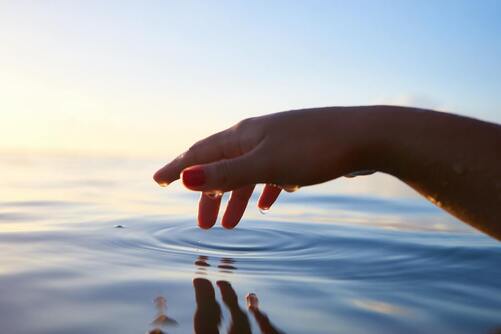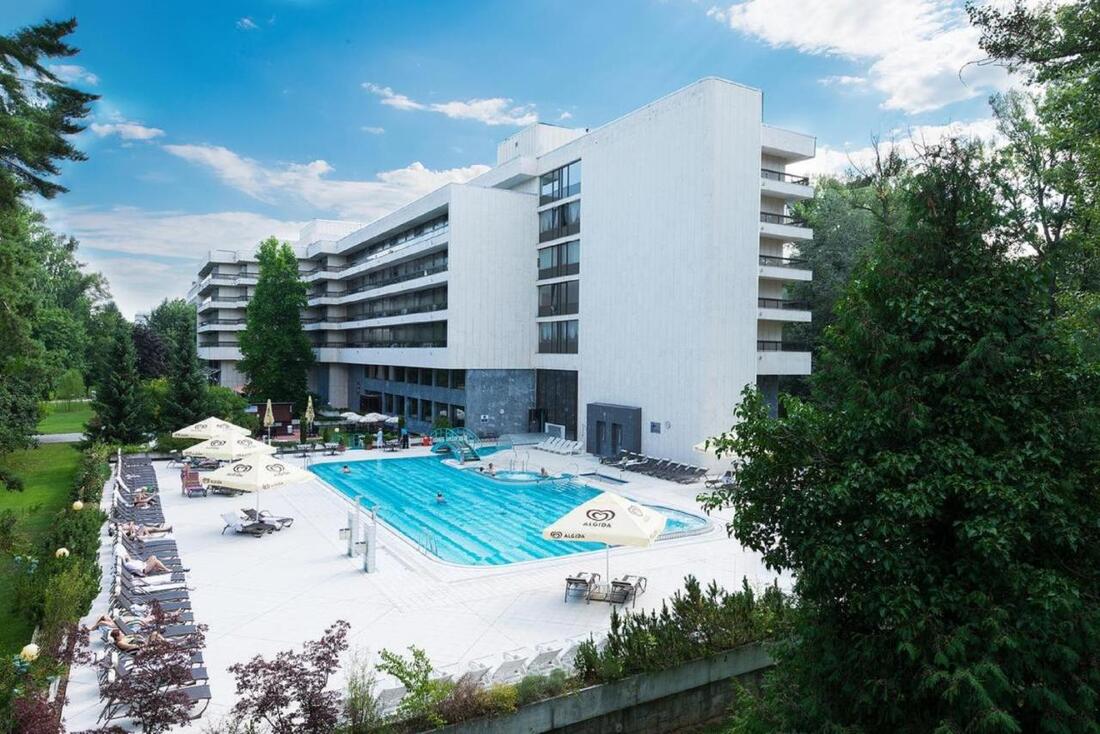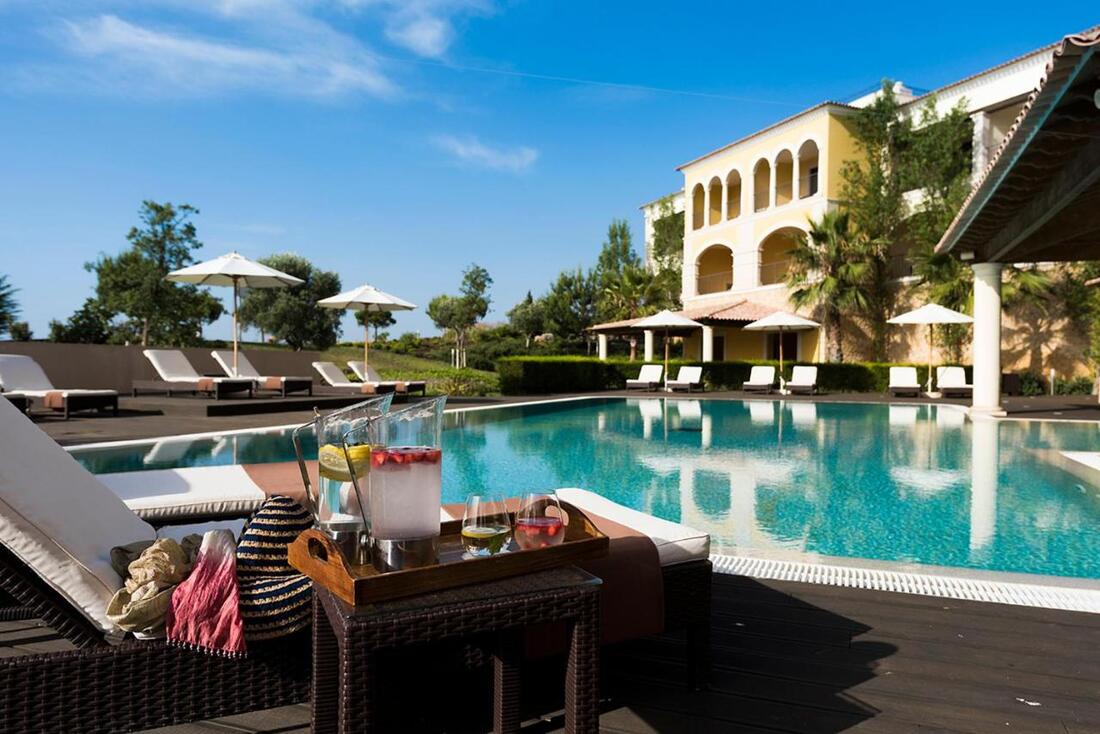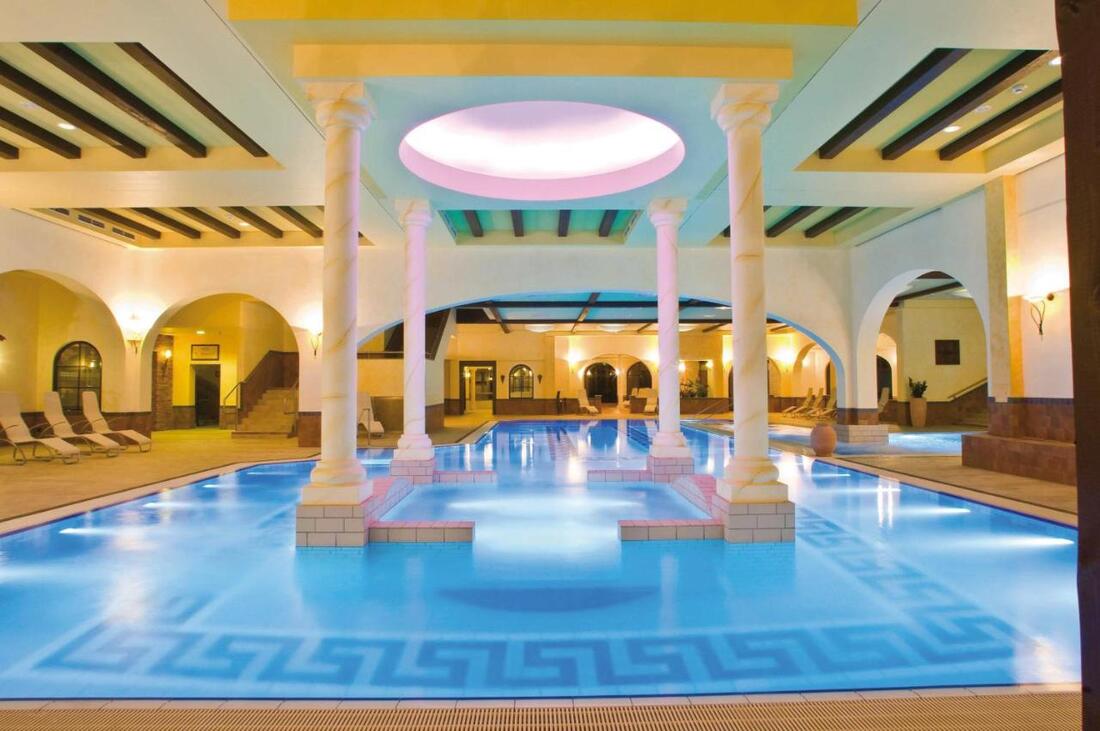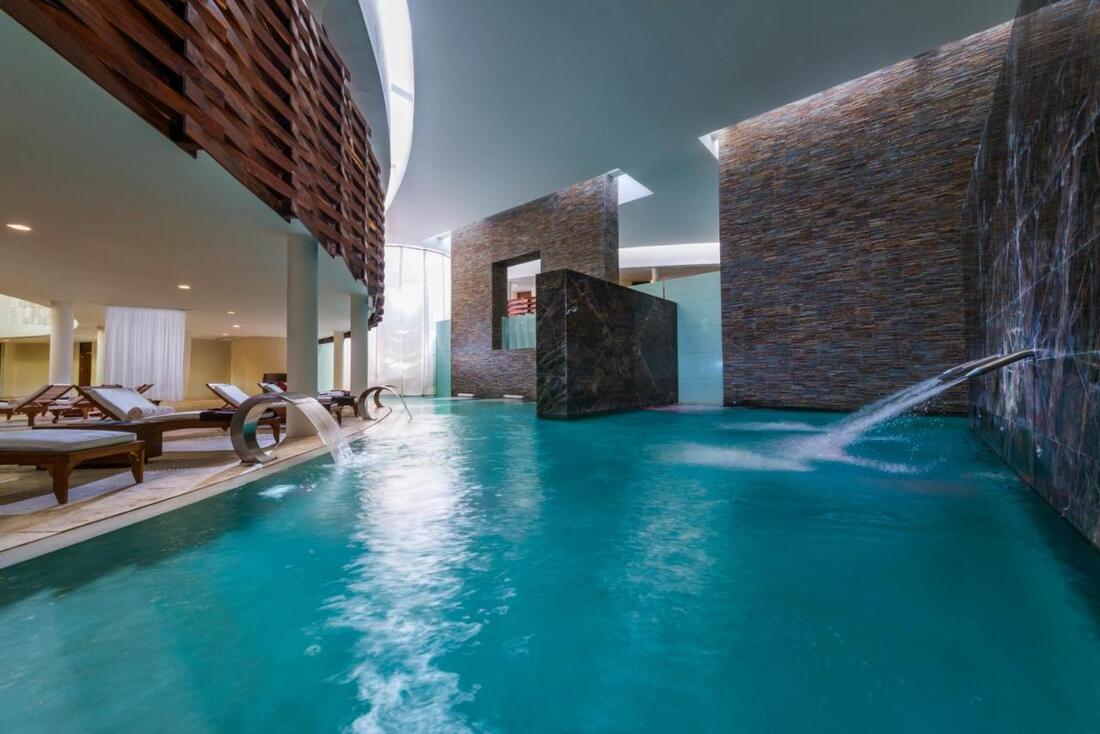History of Bathing
Thermal water has been used for thousands of years by all civilizations for the many health benefits it offers. The ancient Greeks bathed in hot water and established bathing facilities. They believed that natural springs were blessed by the gods to cure disease.
Later on the end of the 3rd century BC, the thermal bath became the place for relaxation, recreation activities, and social centers for Roman communities. The Romans developed a special technique that allowed to heat water, bath floor, control inside air temperature and moisture.
The baths were very popular and well-attended due to their pleasant environment. Besides thermal water pools, as a place for public hygiene and health benefits, some complexes include variety of rooms and buildings, gymnasiums, libraries, lecture halls, saunas, and gardens. The Romans built public thermal baths in each city as a necessary part of the daily routine.
The baths were very popular and well-attended due to their pleasant environment. Besides thermal water pools, as a place for public hygiene and health benefits, some complexes include variety of rooms and buildings, gymnasiums, libraries, lecture halls, saunas, and gardens. The Romans built public thermal baths in each city as a necessary part of the daily routine.
What is Hydrotherapy?
Hydrotherapy is an alternative medicine based on using the therapeutic application of hot and cold ordinary water to cure diseases or improve overall well-being. Hydrotherapy (tacking the water) was used by the ancient Roman, Egyptian, and Chinese.
The roots of water cure are traced back to the 5th century BC when Hippocrates prescribed bathing for his patients in spring water for sickness treatment. Many doctors included hydrotherapy into their practice, improved, and promoted hydrotherapy around the world during the 18th and 19th centuries.
In the 19th century Kneipp developed his method that employs baths, showers, rinses, wet compresses and eater exercises, His therapy is based on five pillars: hydrotherapy, physical activities, herbs, diet, and life balance. Taking the waters was neglected for some period of time in human history. Nowadays, due to the scientific evidence-based effect of water healing power the therapy is widely used.
The roots of water cure are traced back to the 5th century BC when Hippocrates prescribed bathing for his patients in spring water for sickness treatment. Many doctors included hydrotherapy into their practice, improved, and promoted hydrotherapy around the world during the 18th and 19th centuries.
In the 19th century Kneipp developed his method that employs baths, showers, rinses, wet compresses and eater exercises, His therapy is based on five pillars: hydrotherapy, physical activities, herbs, diet, and life balance. Taking the waters was neglected for some period of time in human history. Nowadays, due to the scientific evidence-based effect of water healing power the therapy is widely used.
Type of Hydrotherapy Treatments
There are many different types of hydrotherapy exist but not limited to:
The water temperature used for hydrotherapy is usually from 18 to 40OC. The water pressure and flow can vary between different treatments. Hot or cold water applies to the entire body or just locally to a particular part of body. Some type of hydrotherapy such as sauna, steam bath, or hot bath can be done without supervision.
All other hydrotherapy treatments are prepared by qualified doctors and therapists with a specialty in physiotherapy and rehabilitation. Water cure is preventative or used for specific medical illness treatments. The type of hydrotherapy used depends on an individual’s medical condition and treatment goal. Treatment is adjusted to suit each person and situation.
- Saunas
- Wrap and compresses
- Warm water bath
- Water jets
- Impression therapy
- Charcot, Swiss, and Vichy shower
- Contrast therapy
- Aquatic exercises
- Hydrotherapy massage
- Steam bath
- Sitz bath
- Watsu treatment
The water temperature used for hydrotherapy is usually from 18 to 40OC. The water pressure and flow can vary between different treatments. Hot or cold water applies to the entire body or just locally to a particular part of body. Some type of hydrotherapy such as sauna, steam bath, or hot bath can be done without supervision.
All other hydrotherapy treatments are prepared by qualified doctors and therapists with a specialty in physiotherapy and rehabilitation. Water cure is preventative or used for specific medical illness treatments. The type of hydrotherapy used depends on an individual’s medical condition and treatment goal. Treatment is adjusted to suit each person and situation.
Benefits of Hydrotherapy
Several benefits come with hydrotherapy to cure a variety of diseases. Therapeutic treatment can help relieve stress, depression, joint pain, boost the immune system, improve your mood and blood circulation, reduce inflammation or muscle damage, promote better sleep, calm anxiety, relax tight muscles and joints. Hydrotherapy is used for rehabilitation after a sports injury or after surgery.
Hydrotherapy is not common in North America. However, in European countries, it is used widely to prevent and treat diseases. Many important scientific institutions and famous academy schools in Europe are established to study hydrotherapy along with other alternative treatments using the healing power of natural resources.
Medical spa treatments are recognized due to numerous scientific studies on the positive effects of treating health issues. Moreover, the cost of medical spa treatments is covered by medical insurance in some European countries.
Hydrotherapy is not common in North America. However, in European countries, it is used widely to prevent and treat diseases. Many important scientific institutions and famous academy schools in Europe are established to study hydrotherapy along with other alternative treatments using the healing power of natural resources.
Medical spa treatments are recognized due to numerous scientific studies on the positive effects of treating health issues. Moreover, the cost of medical spa treatments is covered by medical insurance in some European countries.
Hydrotherapy Contraindications
While most hydrotherapy techniques are completely safe, hydrotherapy are not suitable for everybody. Several treatments should be avoided for individuals with some diseases.
Tips
1. To avoid health risks of using a hot bath, sauna, steam room, contact your family doctor for his or her advice.
2. If you have any health issues, don’t book a medical spa package without consultation with a qualified medical specialist who works for a particular medical spa, have great experience and knowledge on hydrotherapy treatments and contraindications.
2. If you have any health issues, don’t book a medical spa package without consultation with a qualified medical specialist who works for a particular medical spa, have great experience and knowledge on hydrotherapy treatments and contraindications.
Spa Hotels Offering Hydrotherapy Treatments
References
1. Scientific Evidence-Based Effects of Hydrotherapy on Various Systems of the Body
2. Evidence for Effective Hydrotherapy
3. Hydrotherapy ScienceDirect overview
4. Thermal Waters and the Hormetic Effects of Hydrogen Sulfide on Inflammatory Arthritis and Wound Healing
6. Pain control and early wound healing effect using sitz bath with ozonised water after haemorrhoidectomy
7. The Role of Thermal Water in Chronic Skin Diseases Management: A Review of the Literature
8. Aquatic therapy: scientific foundations and clinical rehabilitation applications
2. Evidence for Effective Hydrotherapy
3. Hydrotherapy ScienceDirect overview
4. Thermal Waters and the Hormetic Effects of Hydrogen Sulfide on Inflammatory Arthritis and Wound Healing
6. Pain control and early wound healing effect using sitz bath with ozonised water after haemorrhoidectomy
7. The Role of Thermal Water in Chronic Skin Diseases Management: A Review of the Literature
8. Aquatic therapy: scientific foundations and clinical rehabilitation applications
